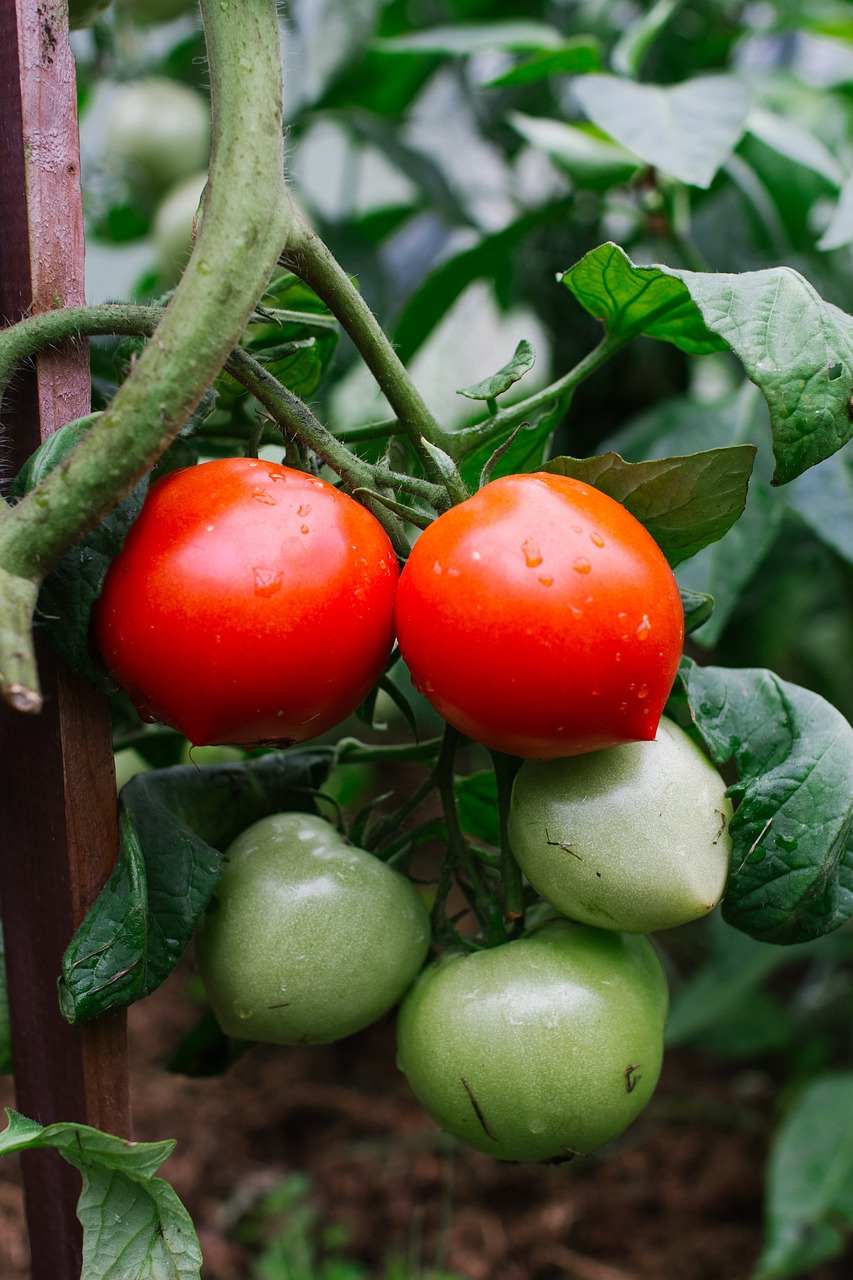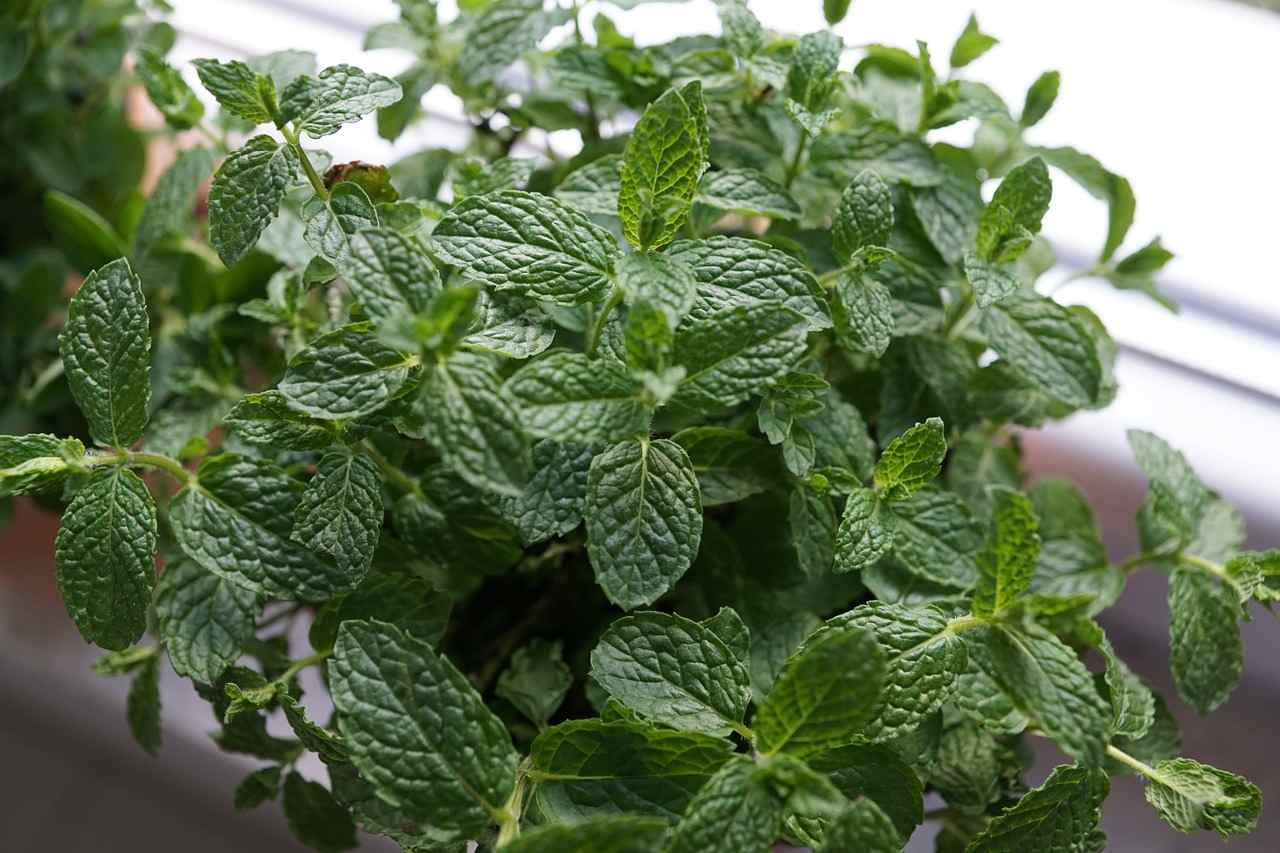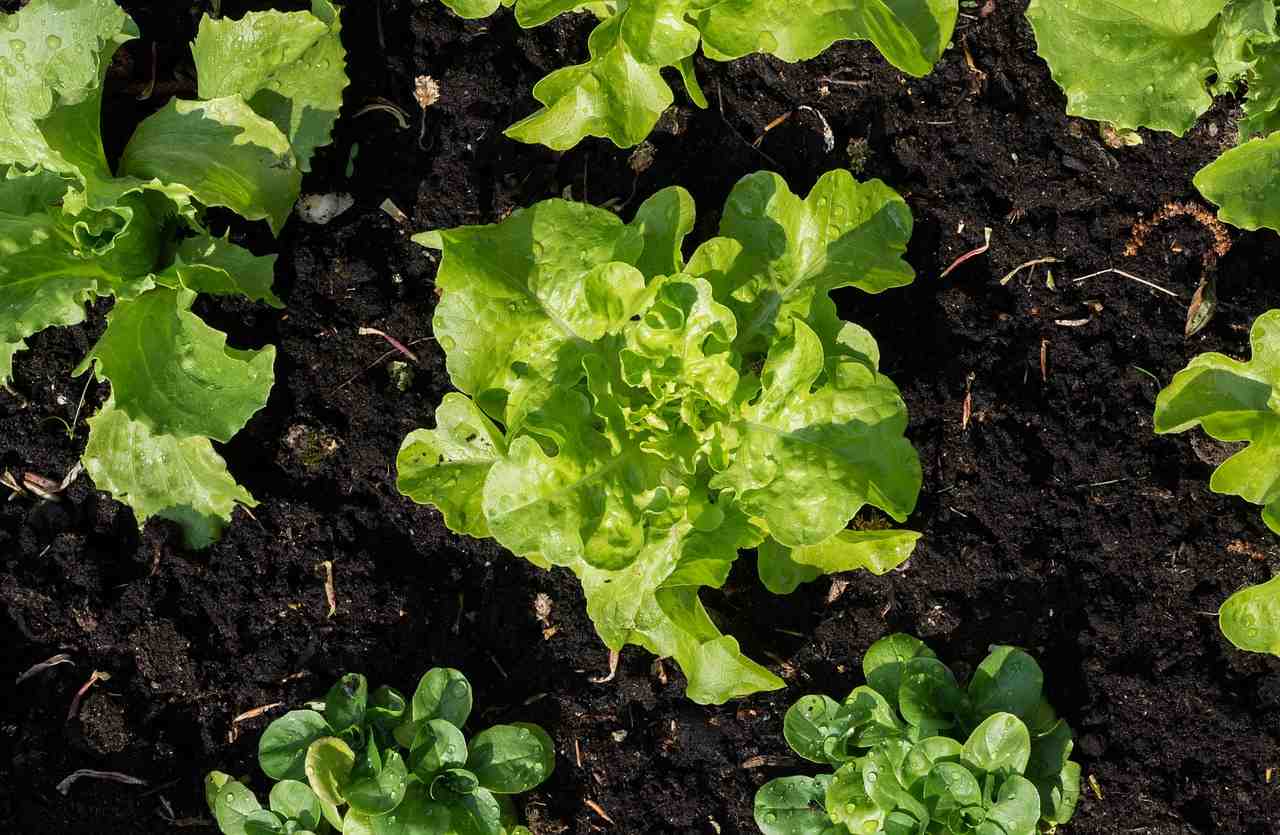Introduction: Hello gardeners, we discuss the topic of kitchen garden advantages and disadvantages. The kitchen garden is the growing of fruits and vegetable plants at the backyard of the house by using kitchen wastewater. A kitchen garden is where herbs and vegetable plants are grown around the house for household use. A kitchen garden is a garden you keep as close to the back door as possible where you grow all your vegetables, herbs, and fruit that you will eat fresh all year. The idea of having a kitchen garden as close to your back door as possible is that you will walk by it often and be continuously harvesting from it. The purpose of the kitchen garden is to supply the household to which it belongs with culinary herbs, fruit, and vegetable plants. In this article we also cover the following topics;
- Plants can be grown in the kitchen garden
- Importance of kitchen garden
- Location for kitchen garden
- Advantages and disadvantages of the kitchen garden
- Uses of the kitchen garden
Site selection for kitchen garden
Before starting, you must be aware of kitchen garden advantages and disadvantages.
- The backyard of house and
- Preferably open areas with plenty of sunlight requirement near the water source

There will be a limited choice for the selection of sites for kitchen gardens and the final choice is generally the backyard of the house. The size of a kitchen garden mainly depends upon the availability of land and the number of persons for whom vegetables are to be provided. There is no restriction in the shape of the kitchen garden but wherever possible rectangular garden is chosen to a square one. With succession cropping and intercropping, five cents of land would be adequate to supply fruits and vegetables for an average family of four to five persons. Whar are we waiting for? Let’s get into the details of kitchen garden advantages and disadvantages.
You should not miss the Dutch Bucket Hydroponics.
Preparing soil for a kitchen garden
Test the soil pH levels of the soil in the chosen spot for your kitchen garden to see if it is more acid or alkaline which can vary in different spots and help you select your crops. Soils are usually on a spectrum from clay to sand, but all will need the addition of organic matter to retain moisture and nutrients.
Clay soil wants breaking up and takes longer to warm up so suits later crops, whereas light soils are good for early vegetables but will require large quantities of manure and compost to avoid water draining away too rapidly. The ideal is loose, crumbly loam, which could absorb and holds water and nutrients, is well aerated and drains freely.
Protection for kitchen garden
The kitchen garden area wants protection from the very start. It must not be possible for livestock to enter the area. A permanent fence must be made. Thorny plants can be cut and used to make a fence, but the best method is to plant a living fence to protect the kitchen garden.
Then, the plants within the garden will also need protection from damage by many types of pests and diseases. There are many ways to do this. Mixed cropping, rotations, and liquid manure, etc. are all ways of protecting crops.
Types of beds in a kitchen garden
Raised beds, filled with loamy soil from a local garden center, are ideal for growing small plots of vegetables and the perfect choice if the soil in the garden is not good quality. They give good drainage, increase soil temperature, prevent soil compaction, and the sides of the bed prevent soil washing away in heavy rain and act as a barrier to pests, such as snails and slugs, as well as pathway weeds.
You can buy ready-made raised beds for your kitchen garden, or make them yourself. Wooden planks or old railway sleepers are often used, brick or stone surrounds are long-lasting, while woven willow looks pretty and rustic but will need renewing about every 6 years. Line timber beds with black polythene to maintain the timber dry and increase its longevity.
Crops suitable for kitchen garden
Some of the fruits suitable for the kitchen garden are Mango, Banana, Sapota, Guava, Papaya, Amla, Pomegranate, Anona, and Date Palm.
Some of the vegetables for kitchen garden are Tomato, Brinjal, Chilly, Onion, Big Onion, Bhendi, Bitter gourd, Snake gourd, Ribbed gourd, Bottle gourd, Amaranthus, Beetroot, Radish, Curry leaf, Moringa, Spinach, Cluster bean, Cowpea, Moringa, and Tapioca.
Some of the medicinal plants for kitchen garden are Aloe, Solanum, Vasambu, Vallarai, Mint, Basil, Thulsi, Omavalli, Karisilanganni, Keelanelli, Pirandai, Thoothuvelai, Ponnanganni, Poduthalai, Manathakali, and Vettiver.
Some of the flower lists for kitchen garden are Rose, Sembaruthi, Jasmine, and Nerium.
Water requirement for kitchen garden
If there is no irrigation for major food crops, it is likely that there is also not enough water to irrigate the kitchen garden. Collecting and using wastewater from the kitchen can be enough to water the kitchen garden. Also, direct water from communal tap stands could be used on kitchen gardens.
You may also consider the How to Protect your Garden from Rats, Mice, Rodents.

Sowing and planting process in the kitchen garden
The major objective of a kitchen garden is the maximum output and a continuous supply of vegetables for the table throughout the year. By following certain procedures, this objective can simply be achieved.
Direct sown crops such as bhendi, cluster beans, and cowpea can be sown on one side of the ridges at a spacing of 30 cm. Amaranthus (meant for the whole plant pull out and clipping) could be sown after mixing 1 part of seeds with 20 parts of fine sand by broadcasting in the plots. And small onion, mint, and coriander can be planted or sown along the bunds of plots.
Seeds of transplanted crops such as tomato, brinjal, and chili can be sown in nursery beds or pots one month in advance by drawing lines. After sowing and covering with topsoil and dusting with 250 grams neem cake so as to save the seeds from ants. About 30 days after sowing for tomato and 40 to 45 days for brinjal and chili and big onion the seedlings are removed from nursery and transplanted along one side of the ridges at a spacing of 30 to 45 cm for tomato, brinjal and chili and 10 cm on both the sides of the ridges for big onion. The plants must be irrigated immediately after planting and again on 3rd day. The plant seedlings can be watered once in two days in the earlier stages and then once in 4 days later.
The perennial plants must be located on one side of the garden, usually on the rear end of the garden so that they may not shade other crops, compete for nutrition with the other vegetable crops.
Fertility for kitchen garden plants
All farmers know that without fertility in the soil, plants won’t grow. But fertility can be as limited as water. If there isn’t enough compost for the field plants, it can’t be taken and used for the kitchen garden. So our kitchen garden wants to be self-reliant for fertility. Sources of fertility are given below;
Sweepings pit – By collecting everyday sweepings from the house and yard in one place, you can create enough compost for the kitchen garden.
Green manures – Sowing seeds of green manure helps to protect the soil and obtains extra fertility for more production.
Mulching – Putting a thick layer of biomass mixed with compost on the soil will help to increase fertility.
Liquid manure – Liquid manure made in a pit or a drum gives nutrients to the plants as well as plants protecting them from pests and diseases.
Incase if you miss this:How to Grow Plants in Plastic Bottles.
Advantages of Kitchen garden

- The kitchen garden could supply fresh fruits and vegetables high in nutritive value also free from toxic chemicals.
- Help to save expenditure on the purchase of vegetables and fruits.
- Vegetables harvested from kitchen garden taste better than those purchased from the market.
- Successful utilization of kitchen wastewater and kitchen waste materials.
- To grow healthy, fresh fruits and vegetables yourself.
- To save the cost of buying vegetables, fruits, and herbs.
- Waste resources such as sweepings, kitchen scraps, and dirty water can be recycled onto the kitchen garden.
- Wasteland around the home can be made productive.
- You will get your family a regular and convenient supply of healthy vegetables, and fruits.
- The fruits and vegetable plants grown in your kitchen garden will promote health because they are rich in nutrients.
- The Kitchen garden plant production is rich in nutritional content.
- One of the Kitchen garden’s strengths is that the vegetables have vitamins and minerals of all kinds. These don’t have any toxic materials like vegetables you’re going to get on the market. And this helps to counter the food issue that now prevails in the country.
Fresh and Healthy plants
Today, to grow plants, many farmers use chemicals. That’s why we face several health problems. Our health is affected by toxic material. You can produce 100% organic, new and nutritious plants for your whole family with Kitchen Garden.
Clean air
Air pollution is one of city life’s biggest issues because the Cities have very fewer trees, Fresh and Clean Air quality is deteriorating. Thus the rescue of this Kitchen Garden. Kitchen Garden will certainly improve home and backyard air quality. Your health will improve over time by inhaling this fresh and clean air.
Aesthetic Value
The aesthetic value of keeping a kitchen garden could increase. Whenever you look at the kitchen garden, it will please your mind. The Kitchen Garden would certainly lift your mood even better and it is going to bring some positive vibes.
High on nutrition
The fruits and vegetables that you grow in your kitchen garden will surely have more nutrients as compared to the market bought fruits and vegetables. When you grow fruits and vegetables at home, you always need help from other members of the family.
Cost-effective
The price of fruits and vegetables is always increasing in the market thus when you grow your own fruits and vegetables, you save a huge amount of money from the monthly expenditure.
Free of chemicals
As growing fruits and vegetables at home do not contain any chemicals, you save the environment as well. Farmers use a high amount of chemicals for example pesticides and fertilizers on a regular basis for growing their crops. Excessive use of both is not at all good for the plants as well as the environment.
Improve your health
Consuming more fresh fruits and vegetables is one of the important things you can do to stay healthy. When you pick vegetables right from your kitchen garden, the vitamin content will be at its highest.
Disadvantages of the kitchen garden

Good Information on Growing Vegetables and Food
It’s not an easy thing to grow your own food. To grow what you want and what you don’t want, it wants a guide. This information will provide you with information on how to grow your own vegetables. If you have this experience, you can obtain it started as soon as possible.
Pests and Diseases
Plant growing comes with a number of pests and diseases. You may have some knowledge about growing plants, but you cannot know which pest has invaded your garden. Many pests and diseases may have an effect on human contact. This is why we want to keep kids away from the vegetable garden.
Less yield
Because you don’t commercially grow these food plants, you won’t get the good yields you’re anticipating. You will not obey all the farming practices that will reduce the yield of the Kitchen garden.
Injuries
When working in your Kitchen Garden, you will face some injuries.
That’s all folks about kitchen garden advantages and disadvantages. Keep gardening. You may be interested in Process of Vermiwash Preparation.
I have loved reading this. i am encouraged to keep a kitchen garden